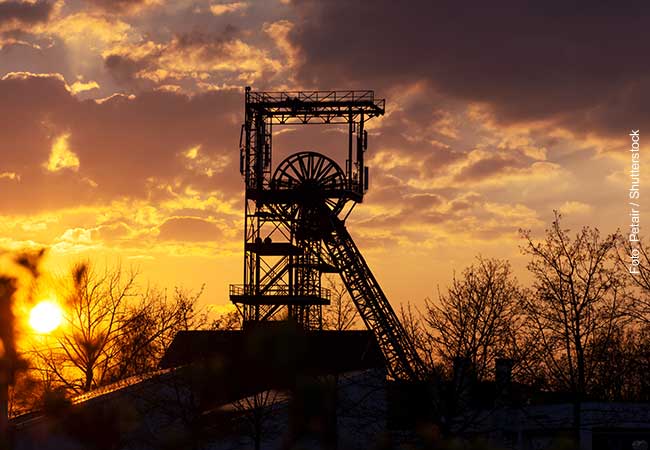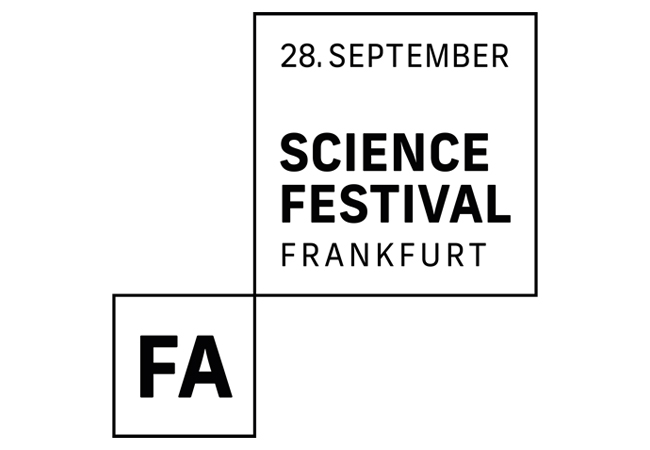In the world of quantum physics, electrons sometimes manage to overcome the binding forces of the atomic nucleus and leave the atom, even though they do not actually have enough energy to do so. For his research into this so-called quantum mechanical tunneling effect, physicist Sebastian Eckart of Goethe University Frankfurt has now been awarded one of the coveted European Research Council (ERC) Starting Grants. He and his team will use the funding of about 1.8 million euros over the next five years to analyze the quantum mechanical tunnel effect in three dimensions. The ERC Starting Grants are intended to enable young scientists to drive forward independent research projects over several years.
The “Starting Grant” from the European Research Council offers experimental physicist Sebastian Eckart from Goethe University’s Institute of Nuclear Physics the opportunity to literally enter new physical territory with his research group: “We want to look at the quantum mechanical tunnel effect in three dimensions,” Eckart says. This has not been possible in this form until now, even though the tunnel effect has been known for decades and is well-studied due to its fundamental importance for quantum physics.
In the tunnel effect, a particle passes through a potential barrier which, according to the rules of classical physics, is insurmountable for the particle. An analog example from mechanics would be a ball that can roll over a hill only if its kinetic energy exceeds the potential energy it has at the top of the hill. In quantum mechanics, particles are occasionally able to overcome such hills even if they do not actually have enough energy to do so: They “simply” move through the hill, an act known as “tunneling.” The tunneling effect in fact is one of the seemingly paradoxical quantum phenomena. In quantum mechanics, it can be explained a bit like this: Due to the peculiarities of quantum physics, particles are in fact also waves. An offshoot of these particle waves is capable of reaching through the potential barrier and thus enables the particle to manifest itself beyond the barrier and “free” itself from it.
“We take simple argon atoms as the system for study and send a beam of this noble gas through our sample chamber,” Eckart says. The potential barrier required for the tunneling effect consists of the electromagnetic attraction the atomic nucleus exerts on the argon atoms’ electrons. Using extremely strong laser pulses that hit the atom from different directions and reach an intensity of about a quadrillion watts per square centimeter at the point of intersection, the electrons in the atom can every now and then be “persuaded” to tunnel. Even if the frequency of the irradiated laser pulses is too low to cause direct ionization, at such strong-field intensities the electric fields of the laser pulses shift the electron particle waves in a way enabling the tunneling effect – something that occurs in about a quarter of the atoms.
Particularly exciting for the fundamental understanding of the tunnel effect will be how the properties of the laser pulses – i.e. their directions of oscillation in all three spatial dimensions – interact with the tunneling electrons. Although it is known that the angular momentum of the light particles and the electrons can have a strong influence on the tunneling effect, certain combinations in the properties of the laser pulses and the released electrons serve to strengthen or weaken this effect. However, to date this has never been studied in all three dimensions. To do just that, Eckart is using a Frankfurt co-invention: the COLTRIMS reaction microscope, which allows atomic events to be resolved in three dimensions. This will make it possible to answer old and fundamental questions about quantum physics as well as light-matter interaction.









